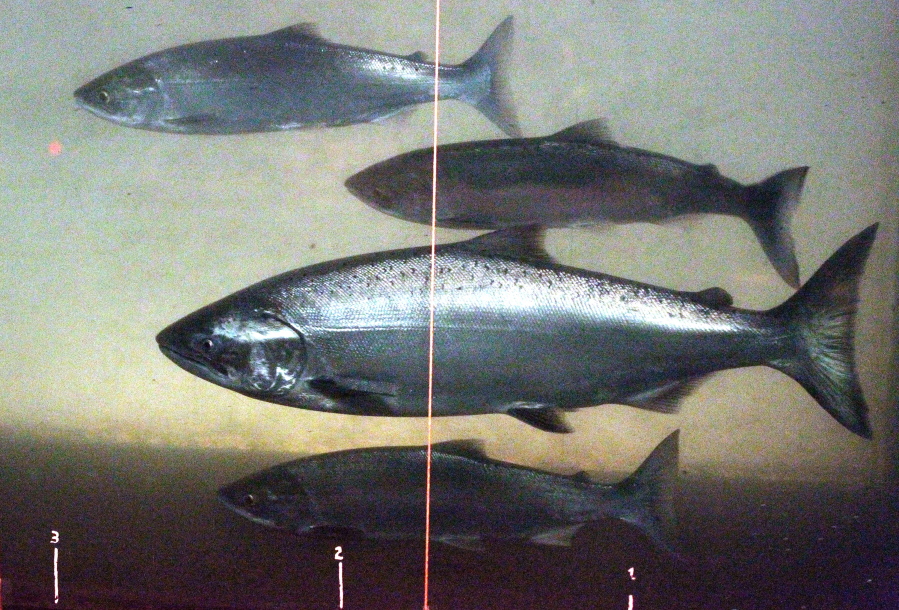BOISE, Idaho — Federal authorities want to add more hatchery-raised fish to the 28 Pacific Coast salmon and steelhead stocks listed under the Endangered Species Act.
The National Marine Fisheries Service in a document made public Friday said 23 hatchery programs could produce fish genetically similar to their wild but struggling cousins and should have the option of receiving federal protections.
The agency recently completed a five-year review required for listed species and plans no changes to the threatened or endangered status for the salmon and steelhead populations found in California, Oregon, Washington and Idaho.
The review included 330 hatchery programs. About half of those are already involved in boosting listed salmon and steelhead populations. Other hatchery programs are intended to produce large numbers of fish for anglers.
The document released Friday proposes eliminating five of the hatchery programs from ESA listings, meaning there’s a net increase of 18 programs.
The 23 proposed programs are mostly in Oregon and Washington, but there are some in Idaho and one in California that involves the Livingston Stone National Fish Hatchery and its efforts with winter-run chinook salmon in the Sacramento River.
Scientists said the net increase of 18 programs is part of a trend among fisheries managers of using locally adapted fish with the goal of producing fish able to survive in the wild.
“There’s been considerable research on this and we generally understand that hatchery fish do not survive in the wild as well as wild fish,” Rob Jones of the National Marine Fisheries Service said. “But we have gotten much better at understanding how to narrow that gap and produce hatchery fish that have a better and better chance at surviving in the wild.”
Several watchdog environmental groups involved with salmon and steelhead and watershed ecosystems declined to immediately comment, citing the complexity of the federal proposal.
But Sara LaBorde, executive vice president of the Wild Salmon Center, gave an initial assessment.
“It seems like some of this language is housekeeping and some of it may have long term policy implications,” she said in a statement to The Associated Press. “At this point, it’s important for all of us to read the notice and understand it fully.”
Conservation groups, in general, are concerned that an overreliance on hatchery fish could cause further declines in wild fish runs and additional degradation to the watersheds wild fish need to survive.
The watersheds themselves include dams needed to produce energy, control floods and provide irrigation. Other activities such as timber harvest and road construction can also are cause problems for migrating salmon, Jones said, and the hatcheries are intended to mitigate for those losses.
Salmon and steelhead runs are a fraction of what they were before modern settlement. Of the salmon and steelhead that now return, experts said, about 70 to 90 percent originated in hatcheries.



